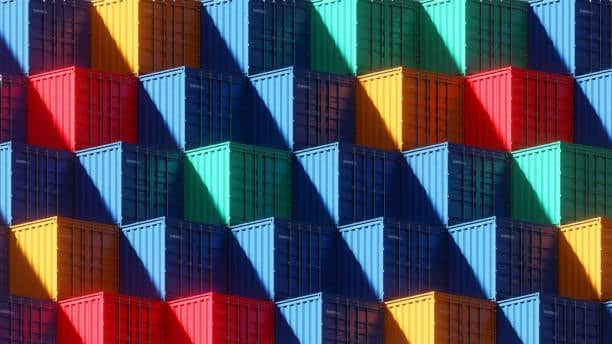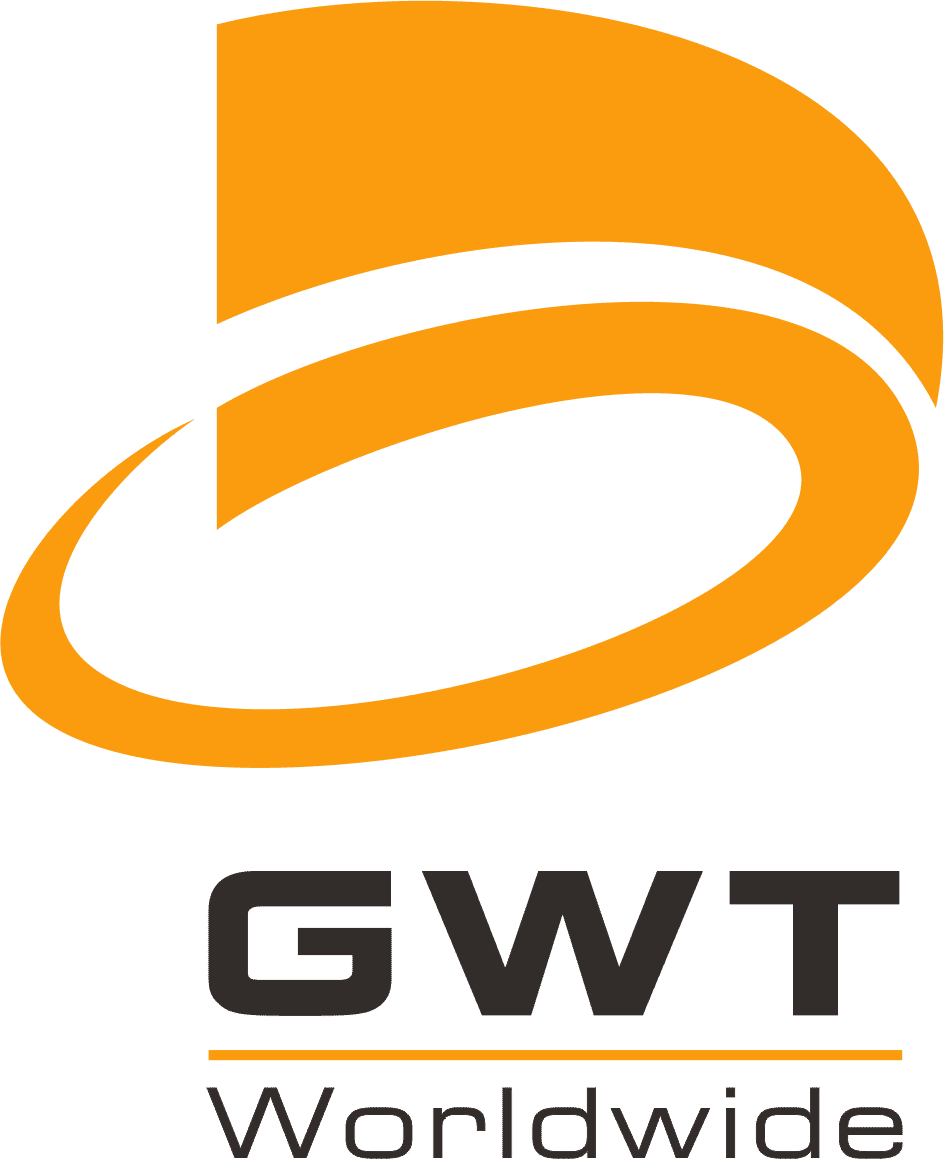Introduction
Businesses employ standardized international trade terms named Incoterms (International Commercial Terms) to handle proper worldwide transactions for both buyers and sellers in global trade and commerce. The role of International Chamber of Commerce (ICC) consists of developing standardized commercial terminology known as Incoterms to clarify buyer-seller obligations and responsibilities during global product deliveries. These standardized terms protect against conflicts and define responsibility areas while organizing delivery procedures for both sellers and buyers in international transactions.
One essential Incoterm among others is FAS which signifies Free Alongside Ship, also referred to as free alongside ship fas . The maritime-oriented FAS rule states how sellers transfer ownership responsibilities of goods to ocean shippers. Subsequent to FAS terms the seller must transport merchandise to destination port then place them next to the destined vessel. Buyers become fully responsible for all aspects regarding the goods after the seller executes their delivery to the shipping area without delaying its transportation or completion of any needed customs processes.
Businsses that operate in bulk shipments and containerized shipments need fundamental knowledge of FAS since its application primarily concerns the transport of large hazard-requiring freight shipments. This writing discusses the fundamental elements of the FAS Incoterms by outlining seller and buyer responsibilities with advantages and disadvantages described for this term application. This article delves into FAS usage situations as well as contrasts this term with other Incoterms to explain its importance in international shipping trade.
What is FAS (Free Alongside Ship)?

This international shipping term known as FAS defines that the buyer and seller are each responsible for different stages in the sea transportation process of goods. When sellers apply the Free Alongside Ship term they must deliver goods to the named port of shipment area for vessel readiness and operational preparation. Upon delivery and positioning of goods alongside the ship at the port the seller transfers all potential damage or loss risks to the buyer. The buyer becomes responsible for all goods after the seller handles delivery of products near the vessel at the port.

Shipments that consist of water transportation between sea and inland waterways commonly use this Incoterm. This Incoterm suits bulk shipments as well as big and dense objects or cargo that needs special port handling procedures at a container terminal . Under FAS terms coal, oil and grain and large machinery require shipping for which the term is specifically designed because conventional transportation methods are impractical or special port equipment is necessary for handling.
The FAS Incoterm sets a requirement for sellers to deliver merchandise next to the ship according to incoterms rules but does not require them to perform the actual vessel loading process. The FAS Incoterm defines a vital border between parties in international shipments through precise rules about what each party needs to perform in the transaction.
Seller’s Responsibilities under FAS Incoterms
Businesses employ standardized international trade terms named Incoterms (International Commercial Terms) to handle proper worldwide transactions for both buyers and sellers in global commerce. The role of International Chamber of Commerce (ICC) consists of developing standardized commercial terminology known as Incoterms to clarify buyer-seller obligations and responsibilities during global product deliveries. These standardized terms protect against conflicts and define responsibility areas while organizing delivery procedures for both sellers and buyers in international transactions.
1. Packaging and Preparing the Goods
One essential Incoterm among others is FAS which signifies Free Alongside Ship. The maritime-oriented FAS rule states how sellers transfer ownership responsibilities of goods to ocean shippers. Subsequent to FAS terms the seller must transport merchandise to destination port then place them next to the destined vessel. Buyers become fully responsible for all aspects regarding the goods after the seller executes their delivery to the shipping area without delaying its transportation or completion of any needed customs processes.
Businsses that operate in bulk shipments and maritime trade need fundamental knowledge of FAS since its application primarily concerns the transport of large hazard-requiring freight shipments. This writing discusses the fundamental elements of the FAS Incoterms by outlining seller and buyer responsibilities with advantages and disadvantages described for this term application. This article delves into FAS usage situations as well as contrasts this term with other Incoterms to explain its importance in international shipping trade.
2. Transporting the Goods to the Port
This international shipping term known as FAS defines that the buyer and seller are each responsible for different stages in the sea transportation process of goods. When sellers apply the Free Alongside Ship term they must deliver goods to the port of shipment area for vessel readiness and operational preparation. Upon delivery and positioning of goods alongside the ship at the port the seller transfers all potential damage or loss risks to the buyer. The buyer becomes responsible for all goods after the seller handles delivery of products near the vessel at the port.
3. Export Customs Clearance
Shipments that consist of water transportation between sea and inland waterways commonly use this Incoterm. This Incoterm suits bulk shipments as well as big and dense objects or cargo that needs special port handling procedures. Under FAS terms coal, oil and grain and large machinery require shipping for which the term is specifically designed because conventional transportation methods are impractical or special port equipment is necessary for handling.
The FAS Incoterm sets a requirement for sellers to deliver merchandise next to the ship but does not require them to perform the actual vessel loading process. The FAS Incoterm defines a vital border between parties in international shipments through precise rules about what each party needs to perform in the transaction.
4. Delivery to the Port and Placement Alongside the Ship
When the goods are delivered by the seller in the port and left alongside the vessel, it emphasises the selling responsibility has ended. In other words, the goods have to be prepared for onward carriage to transit them on the ship at the port of shipment. In this case, hiring dock workers or using port equipment to move the goods from land transport to the dock and then on the ship side.
However, the seller isn’t bound to load the goods onto the ship (that’s the buyer’s job) but must see that the goods are placed in a shipable position so that there will be no difficulty loading and that they can be fulfilled by the buyer’s arrangements during import clearance .
5. Providing Documentation
All necessary shipping document should be from the seller to buyer. Among these are commercial invoice, packing list, bill of lading and any other necessary export documentation. The documentation is essential for the buyer, as outlined in the sales contract, to take possession of the goods on arrival at the port of destination and do the customs clearance with the goods.
Buyer’s Responsibilities under FAS Incoterms

The buyer assumes the risks from the date when the goods come into contact with the vessel at the port of shipment. The buyer’s duties include managing the import costs :
1. Taking Possession of the Goods
After delivery of the goods to the port of shipment and placing alongside the vessel, the goods are in the control of the buyer. From here onward, the buyer is tasked with the losses and damages of the goods during the transportation. This basically means that the individual is held responsible for the loading process of the goods and also ensures the goods are properly handling and loaded onto a ship while managing import formalities.
2. Loading the Goods onto the Vessel
In FAS, the buyer is highly liable to load the goods into vessel. It can include coordination with port authorities or freight forwarders regarding the need for the correct loading equipment and labor for inland waterway transport . The seller must also take care of loading goods properly and timely departure without causing any damage committed to the buyer.
3. Freight and Transportation Costs
The goods have to be transported by means of sea freight to the destination port and this is the responsibility and cost of the buyer. Also in this comes: the choice of a shipping company or freight forwarder, to make sure the freight service fits the buyer’s shipping requirements. The buyer is responsible for all costs which occur after the delivery point of the shipment has been reached, including inland waterway shipping costs as well as unloading costs at the final destination.
4. Insurance
The risk will be transferred to the buyer when the goods are placed alongside the vessel so the buyer is also required to insure the goods during their sea journey. It is the responsibility of the buyer to ensure that a suitable insurance cover to avert the risks of loss, damage or theft, among others, is secured while the goods are at the loading dock in maritime transport.
5. Import Customs Duties and Taxes
The buyer is responsible for clearing the goods customs and paying any applicable import duties, taxes, fees upon arrival of the goods at the destination port. It includes that the proper documentation is submitted according to the free alongside ship incoterm to customs authorities as well as keeping to the importing country’s regulations.
6. Risk of Damage or Loss
When goods are placed alongside the vessel at the port of shipment, then even the buyer takes the risk of the goods. The buyer must pay for the costs of carriage for goods damaged or lost if the goods are lost or damaged during the journey unless they have taken out adequate insurance.
When to Use FAS Incoterms
So, FAS is best suited for sea shipment of goods which are shipped on sea and there are goods to be transported in bulk or large. These types of industries commonly use it, especially for containerized cargo .
- Bulk Commodities: In FAS terms, Bulk Commodities are the goods that are to be shipped like grain, coal, oil etc. The special handling that is required at the port and the fact that these items have to be transported on large vessels make these goods more expensive than other items.
- Heavy Machinery and Equipment: FAS can be used to ship Heavy Machinery and Equipment such as large, heavy items that cannot easily be moved by road or air. This allows the buyer more control over the delivery and handling of such large items.
- Oil and Gas Industry: In industries, which are typically oil and gas, Fas allows the buyer to deal with the logistics as soon as goods are delivered along with the ship, as it is critical managing our big shipments of crude oil, well gas or other petroleum product.
Advantages of FAS Incoterms
- Greater Control for Buyers: It gives buyers more control over shipping process. After the goods are alongside the ship, buyers are able to handle the loading process, decide on their respective shipping methods and insurance coverage.
- Cost Savings for Sellers: As sellers will not be responsible for any loading, shipping and insurance costs once the goods reach the port, there will be savings for them. All that they need to do is to coordinate with them to transport the goods to the port and she’ll be delivered alongside the vessel.
- Clear Responsibilities: Clear responsibilities ensure there are no disputes between the parties on exactly what it is they are responsible for. The seller and buyer know when their obligations start and end.
Disadvantages of FAS Incoterms
- Buyer Assumes Risks Early: The charge occurs early when the buyer places the goods alongside the vessel before they are loaded. Therefore, this puts the buyer at a lot of risk.
- Buyer’s Responsibility for Freight: Buyer is responsible for paying all the freight expenses incurred in the movement of good from the port to the destination. Depending on shipment size, this will be costly.
- Limited Control for Sellers: As the seller is responsible up to the port, they will not have any control on loading, shipping or even delivery after that and this could result ineffective.
Conclusion
It is very important tool for container shipping, since FAS Incoterms are clear guidelines regarding what buyers and sellers must do. FAS helps streamline the process and to minimize disputes because the seller’s liability is terminated when the goods are placed alongside the vessel. However, once the goods are delivered at the port, the buyer has to take most of the responsibility such as handling logistics, insurance, pre shipment inspection and even risk management. The understanding of pros and cons of using FAS with advantages and best practice principles in the case of using it with bulk cargo and other specialized shipments will make international trade for goods transactions more smooth and efficient.




